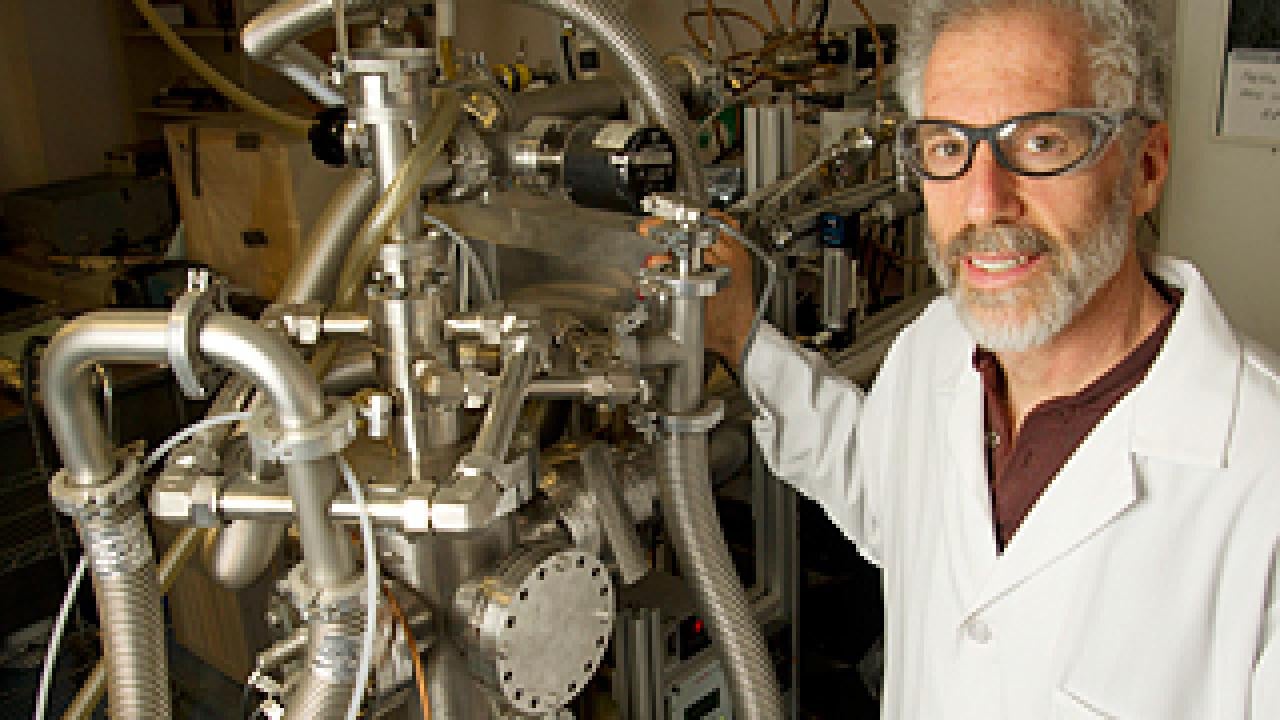Scientists at the University of California, Davis, have, for the first time, developed a system that can determine which types of air particles that pollute the atmosphere are the most prevalent and most toxic.
Previous research has shown that air pollution containing fine and ultrafine particles is associated with asthma, heart disease and premature death. This new study, released today by the California Air Resources Board and the Electric Power Research Institute, marks the first time that researchers have conducted source-oriented sampling of these particles in the atmosphere.
For example, the researchers found that particulate emissions from vehicles, wood burning and residential cooking exhibited the most toxic effects at the study site in Fresno, which has among the nation’s highest rates of adult and childhood asthma.
“Right now, air quality standards are based on the mass of particulate matter and don’t distinguish between natural sources, like sea spray, and known toxic sources, like diesel exhaust,” said Anthony Wexler, the principal investigator and director of the Air Quality Research Center at UC Davis. “This study will help regulators control only the sources that are toxic, which saves money.”
The scientists will present their research today (Feb. 19) at a public seminar hosted by the state air board, at the Cal/EPA Building in Sacramento.
In Fresno, ambient particle samples were collected in both summer and winter to account for seasonal differences in the atmosphere.
The researchers used a single particle mass spectrometer, co-developed by Wexler, and 10 particle samplers to collect, analyze and separate ambient particles.
Laboratory mice then inhaled particle samples from the separate sources. Kent Pinkerton, a professor of pediatrics at the UC Davis School of Medicine, monitored their responses for signs of toxicity.
“This demonstrates that particles of different sources have different degrees and kinds of toxicity,” said Pinkerton. “We need to use this information to better understand the health effects of particulate matter. If we don’t, we’ll never really come up with a solution.”
The study was funded by the California Air Resources Board and the Electric Power Research Institute.
Media Resources
Kat Kerlin, Research news (emphasis on environmental sciences), 530-750-9195, kekerlin@ucdavis.edu
Anthony Wexler, UC Davis Air Quality Research Center, (530) 754-6558, aswexler@ucdavis.edu
Kent Pinkerton, UC Davis School of Medicine, (530) 752-8334, kepinkerton@ucdavis.edu
